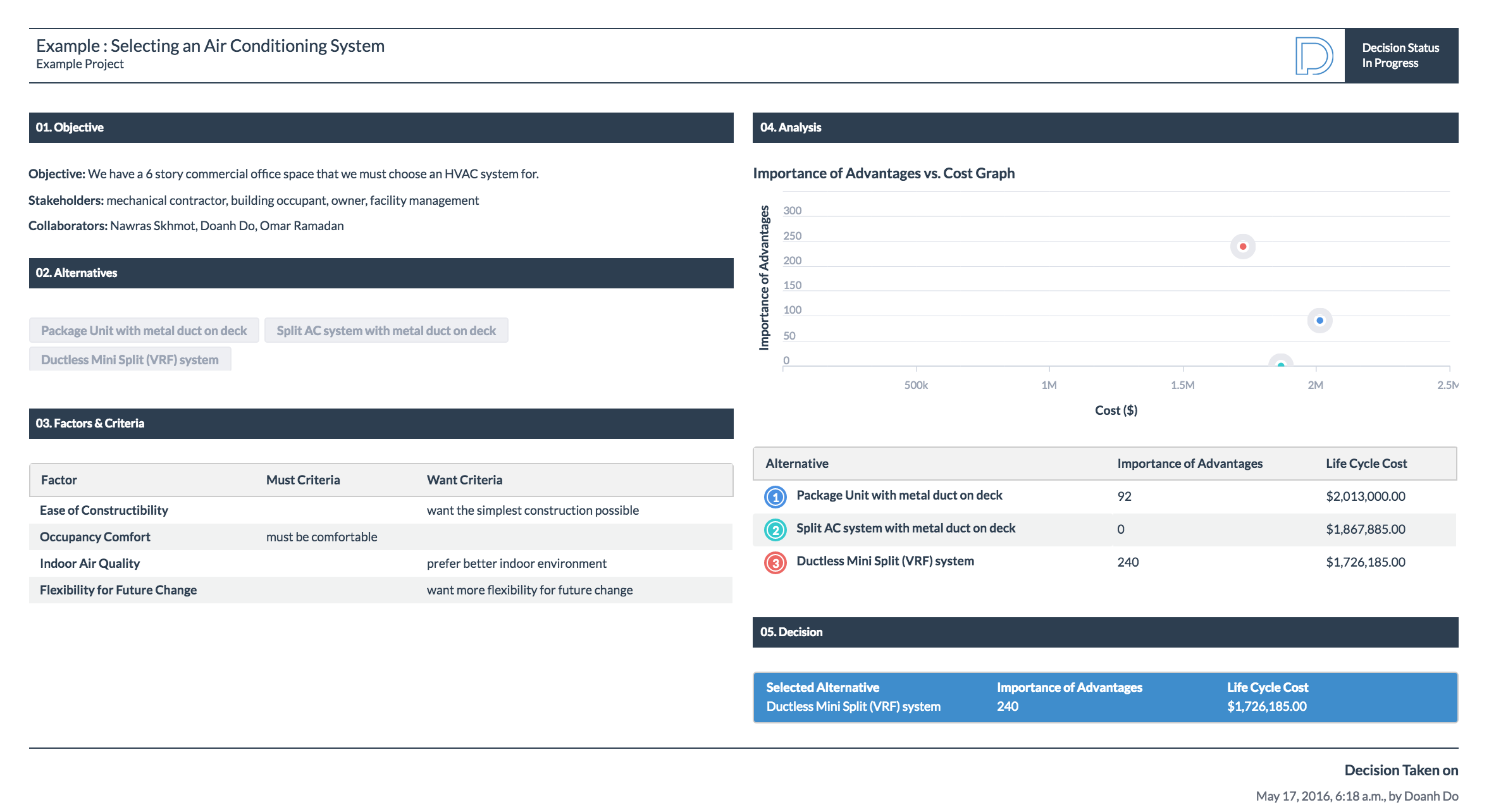All characters, companies, and events in this scenario are entirely fictional. The goal of the scenario is to demonstrate how an mechanical contractor might use the Paramount Decisions process to develop a transparent and sound decision.
A mechanical preconstruction manager has to select an air conditioning system for a commercial building. He uses Paramount Decisions to ensure that his decision is base on relevant facts, incorporates stakeholder values, and is well documented.
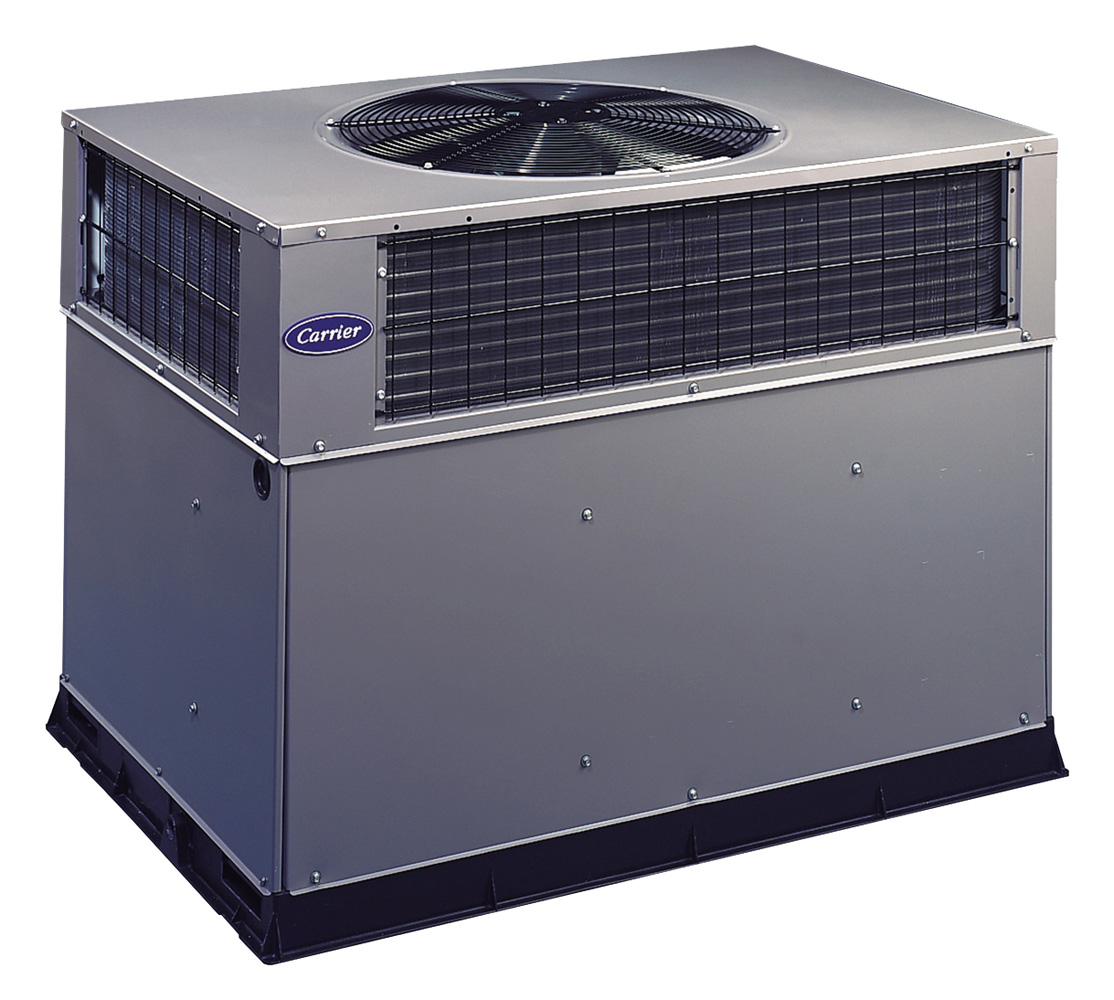
The first step is to define the decision's goals and objectives. In this situation the goal is to choose an air conditioning system for this project. The stakeholders of this decision include: the architect, general contractor, owner, occupants, facility managers, and other MEP trades.
There are three alternatives for this decision: 1) package unit, 2) split AC system, and 3) ductless mini split system.
The package unit is the staple of the commercial HVAC industry. It consists of a single outdoor unit that handles both heating and cooling. The package unit is relatively easy to install and needs to be supported with a duct system inside the building. The one drawback of a package unit is its low energy efficiency and loss of energy inside the duct system. The split AC system is similar to the package unit with the exception of having both an indoor and outdoor component. The split AC system requires more space inside the building but is more energy efficient than a package unit. The ductless mini split system is a relatively new technology developed in Japan. The system heats and cools the room directly and does not require any ductwork.
For this decision, the preconstruction manager has considered 4 factors:
1) Ease of Constructibility
2) Occupancy Comfort
3) Indoor Air Quality
4) Flexibility for Future Change
The criteria of each of these factors are shown below.
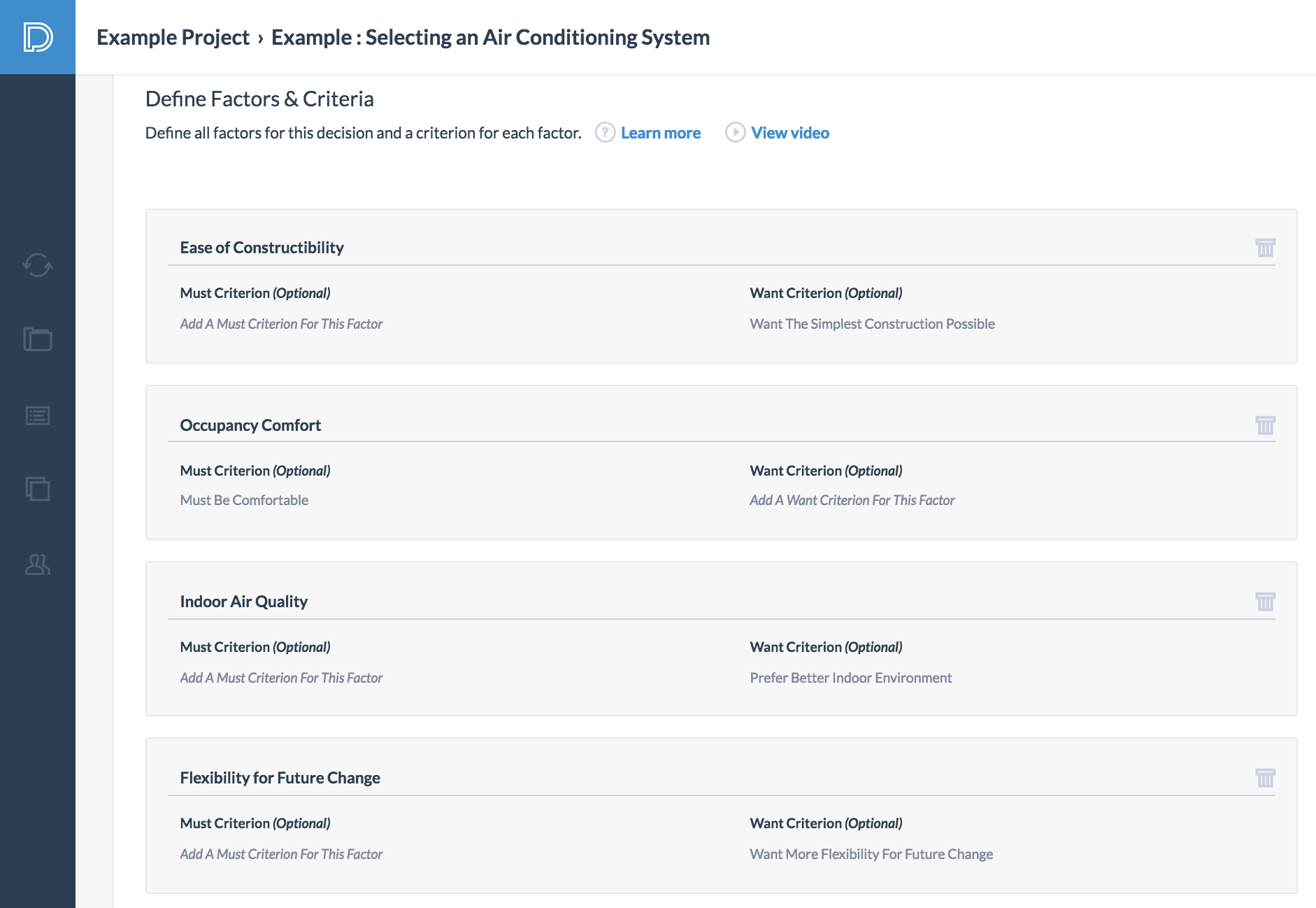
An attribute is a characteristic, quality, or consequence of just one alternative. An attribute can either be qualitative or quantitative. To obtain the data for the attributes, he contacts the manufacturer to obtain the specifications of each unit. He uses the manufacturer's data as well as some insights from his experience to complete the attributes.
Some of the attributes of this decision are shown below.
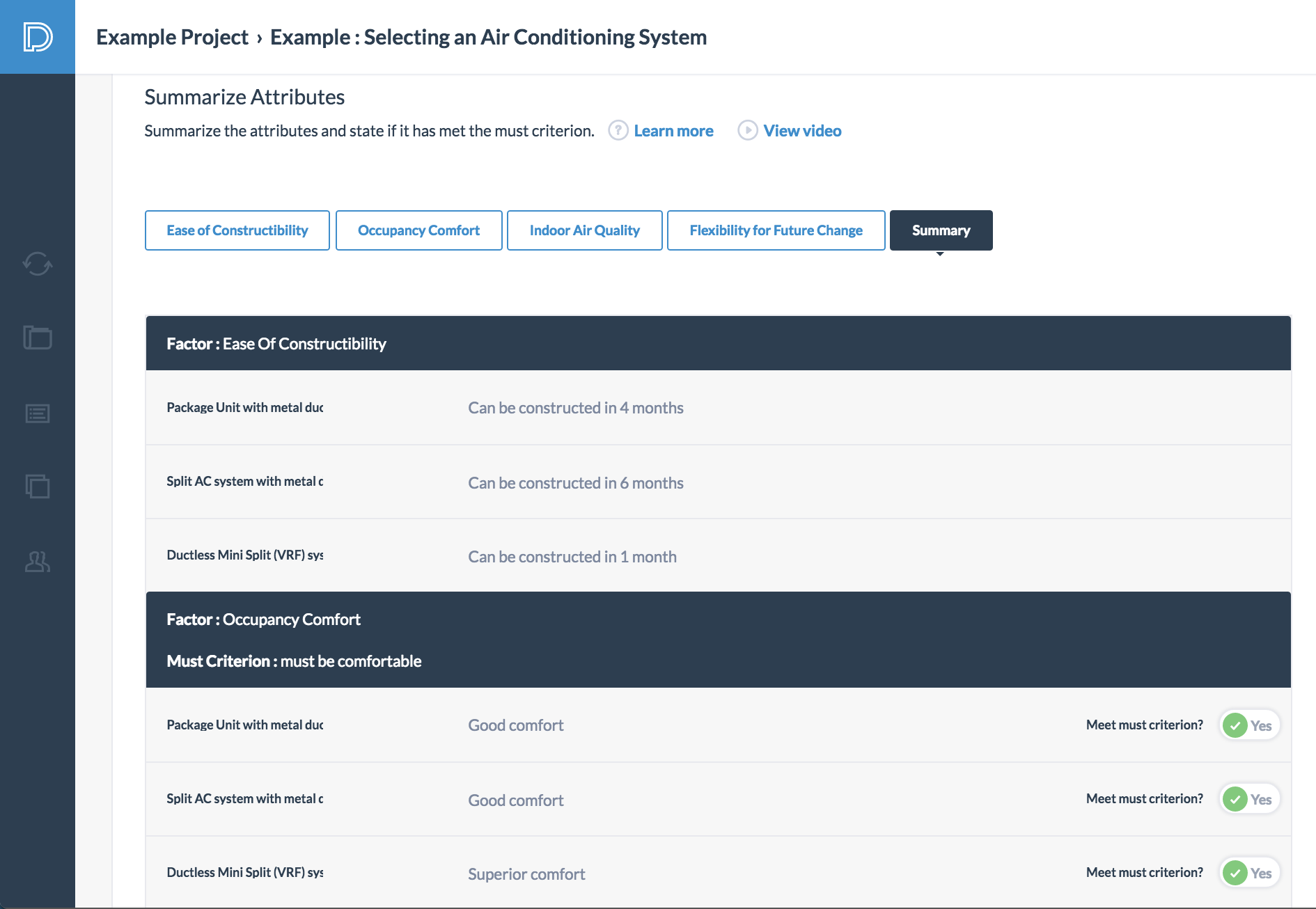
The key insight in making good decisions is to base them on the advantages of alternatives. For the factor "ease of constructibility", he found that the split AC system will take the longest to install so it becomes the baseline for determining the other advantages. The ductless mini split system has an advantage of "5 months reduction in schedule" relative to the split AC system. The package unit has an advantage of "2 months reduction in schedule" relative to the split AC system. He follows this analysis for each of the factors.
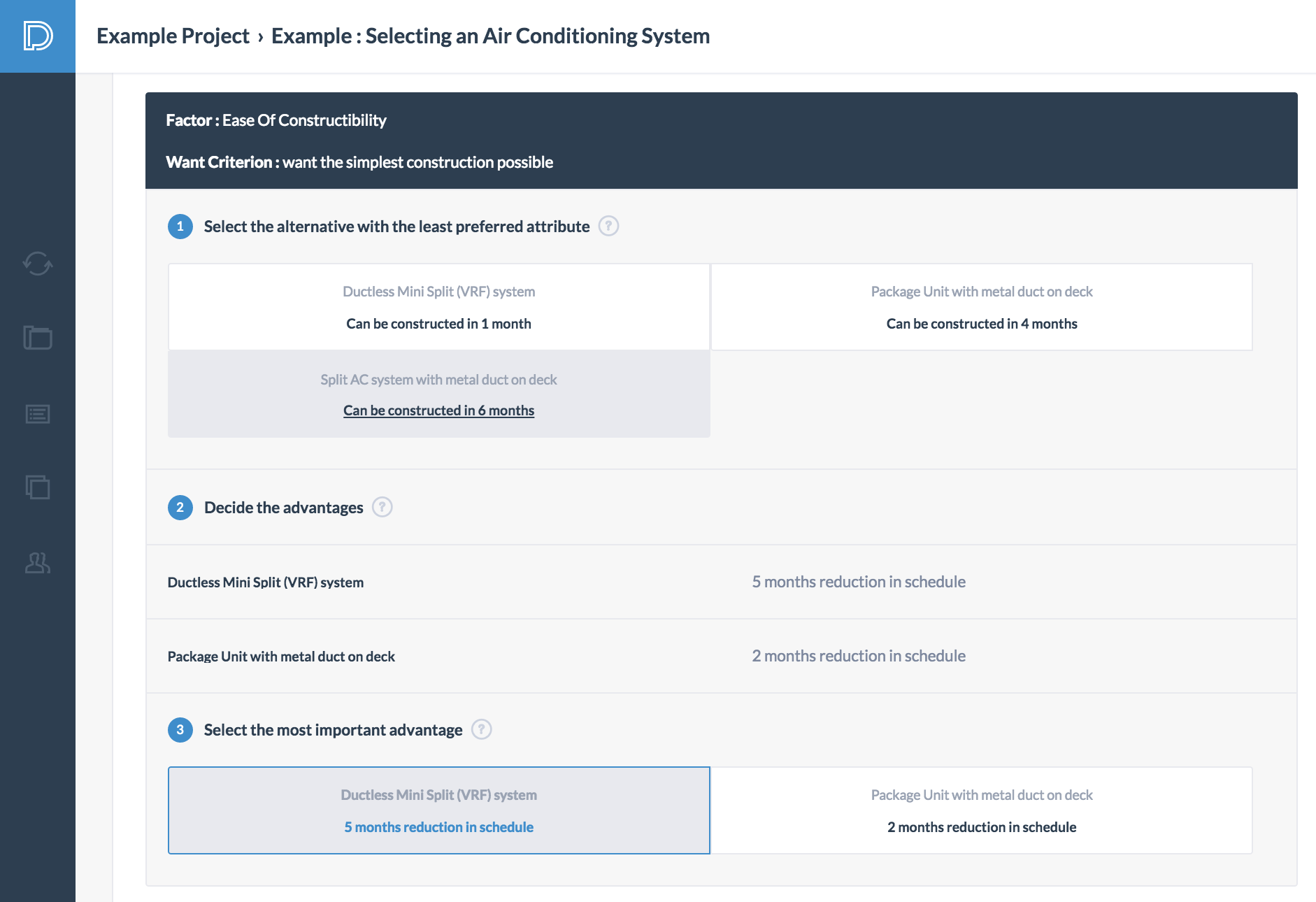
The sixth step in the decision-making process is the most subjective and requires an open dialogue between the stakeholders. After speaking with the project team and the owner, he was able to determine that the advantage of "5 months reduction in schedule" is the most important or paramount advantage. This advantage is assigned a score of 100. He then weighs the remaining advantages using the paramount advantage as an anchor.
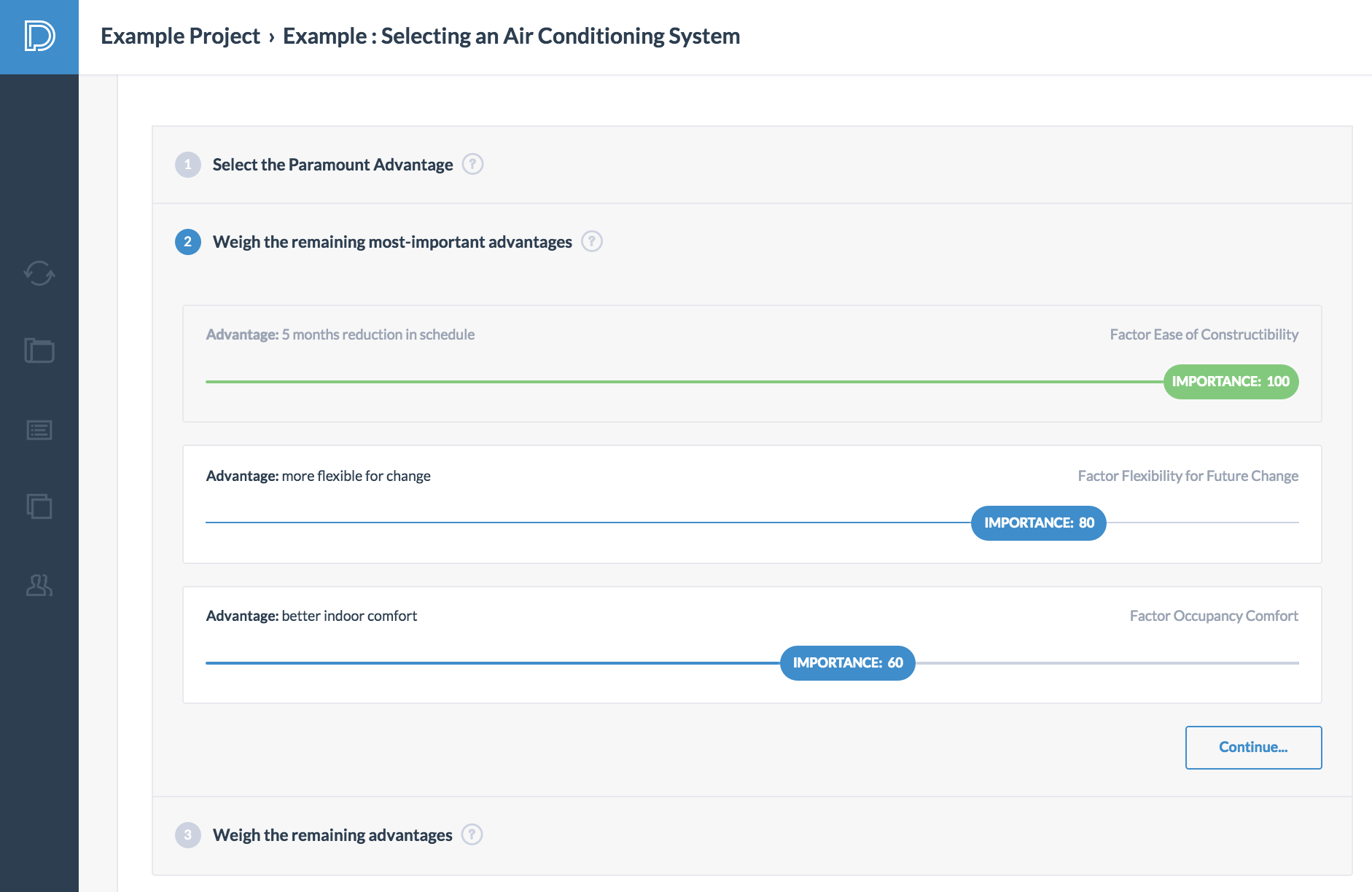
The seventh step in the decision-making process is to define the cost. The cost is the price that must be paid in order to obtain an alternative and can be broken into several categories. Notice that the cost is treated separately with a clear distinction from the previous steps.
For this decision, the cost can be broken into:
1) first cost (cost of equipment and materials)
2) construction cost
3) energy cost
4) maintenence cost
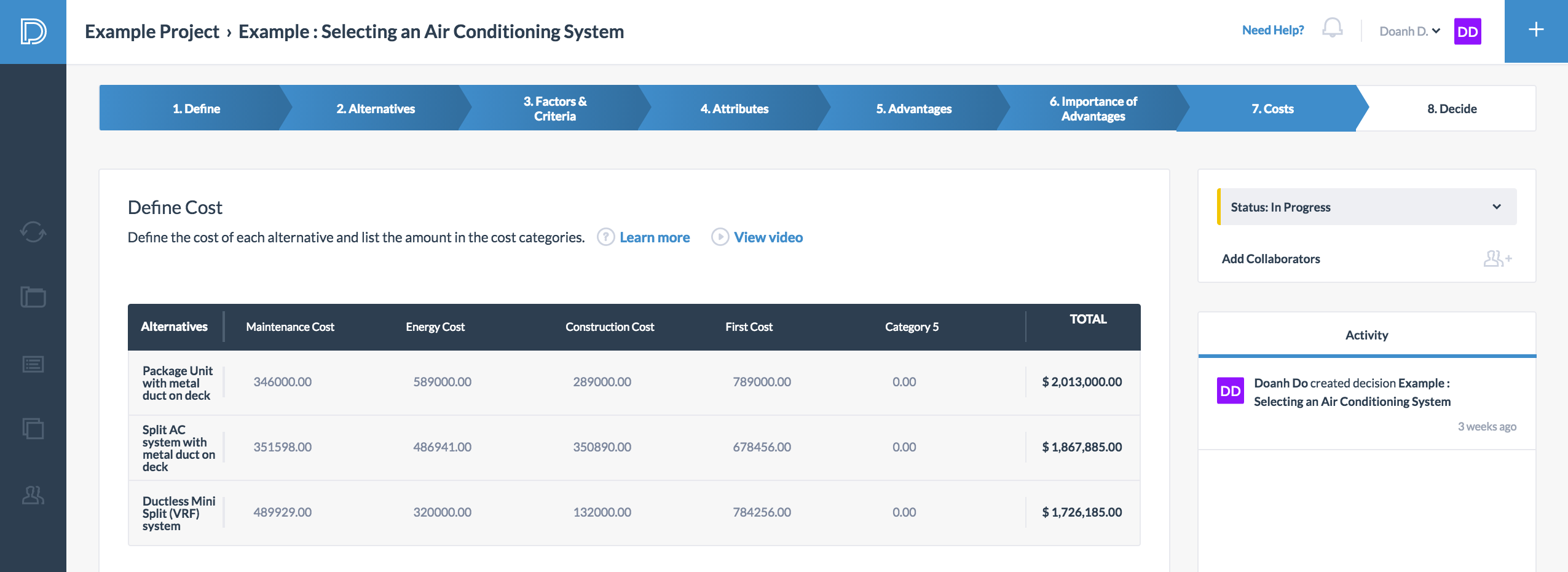
The preconstruction manager ultimately makes his decision base on the total importance of advantages vs cost. In this situation, alternative 1 (Package Unit) has a total importance of advantages of 92 and costs $2,013,000. Alternative 2 (Split AC system) has a total importance of advantages of 0 and costs $1,867,885. Alternative 3 (Ductless Mini Split System) has a total importance of advantages of 240 and costs $1,726,185.
Since the ductless mini split system is both the most advantageous and least expensive system, it is the best option.
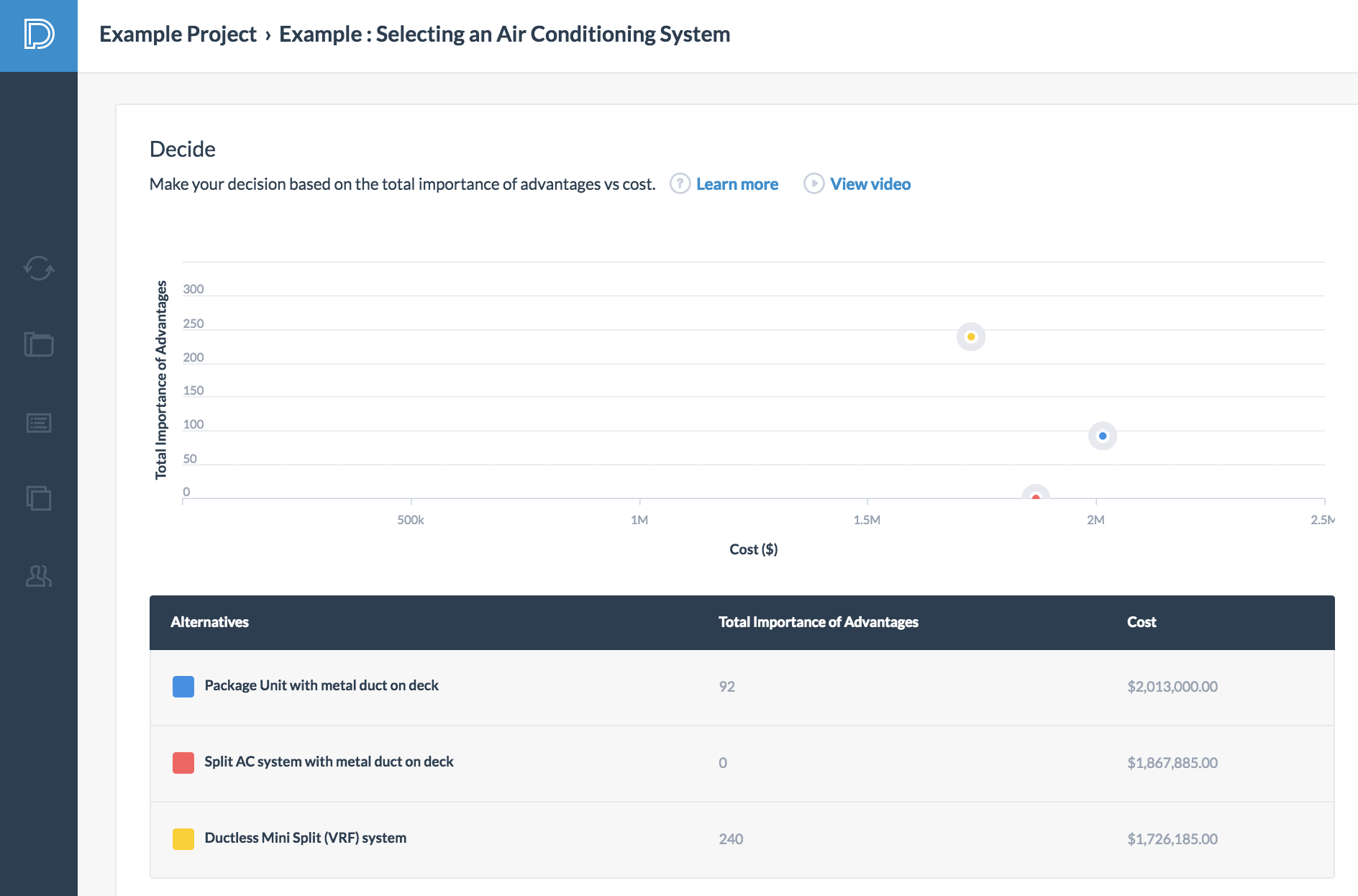
One of the benefits of using Paramount Decisions is the automatically generated reports. The software can create two types of reports base on the data inputted for the decision: 1) a full report and 2) a single page (A3 report). The preconstruction manager can easily send out the reports to different stakeholders to communicate the rationale of the decision. With the well documented and logical analysis of Paramount Decisions, he is able to convince his team to use the ductless mini split system. Without the system, they would have just continue to use a package unit for the air conditioning system because it is the status quo. The owner is very happy because they were able to save almost $300,000. The owner uses the extra money to invest in other value-added scope.
